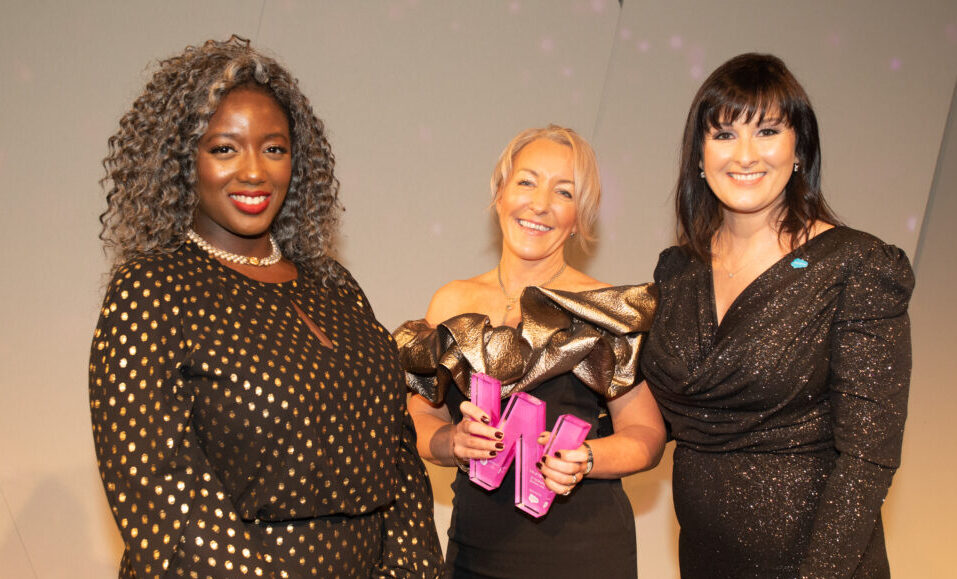At this time of year, with peak trading well underway, many retailers are nervously watching load on their e-commerce web servers, hoping that a year of modelling, capacity planning, automated testing and, most significantly, rigid change control will pay off. It almost always does.
Retailers can pretty reliably handle the traffic of the biggest shopping period of the year now.
However, focusing on change as the enemy of stability also means that if promotions and merchandising don’t work, there’s nothing that can be done about it.
Once the holiday season passes, modelling, capacity planning, automated testing and change control all begin again in February.
This approach will get retailers through peak trading, at the expense of exploration, learning from their customers, and innovation.
>See also: How online marketplaces have changed retail
When things break, it is change that fixes them again. Change can be the source of stability instead of its enemy.
Businesses should ask themselves, what should technology delivery look like and is it time to try something different?
Your business runs on a platform
Every business operates on a platform. This platform is made up of the processes, relationships with suppliers, store layout, customers, and the countless other aspects of businesses.
A platform 15 years into a business’ lifespan is almost certainly not something that was planned, but rather it emerged as the business grew.
As businesses scale, the platform is tested.
Something as simple as founders hiring their first employee requires processes to be teachable, and responsibilities divided.
Invest in your capabilities, not your systems
This business platform is a set of capabilities, not systems and processes.
A catalogue retailer depends heavily on the campaigns that it runs. A luxury department store needs to be able offer a highly individual product selection to each customer.
Therefore, a catalogue retailer should invest in campaign management and a luxury department store in personalisation.
If a catalogue retailer and a luxury department store were to use the same system as the sole source of these two capabilities, then one will make significant mistakes.
>See also: Internet of Things: a retail perspective
Capabilities are more than just the systems that make them up.
The right approach to technology will allow you to extract some value from pretty much any system.
Part of that approach is to think about the capability as a whole: how can you build technology around a weak system? How can you effectively invest in a strong system?
Technology strategy to deliver outcomes and manage complexity
Effective organisations are able to translate their business strategy into a series of bets. These bets are supposed to be the outcomes of products.
Successful organisations continually tweak the direction of products through small experiments and listen to feedback.
There is significant risk in this approach. How do you stop each of these successful experiments from making your business and technology platforms irredeemably complex and impossible to operate?
Business strategy needs to be translated into technology strategy.
A technology strategy is a series of outcomes. Delivering technology will provide these outcomes in addition to the outcomes of the product.
>See also: How companies must adapt to the digital revolution
A new type of online promotion at a catalogue retailer should attach to ads on external sites.
Product images displayed in a trend forecast on a luxury department store should use brands that a specific reader aspires to buy.
This strategic technology view isn’t about dictating how teams deliver tech, it’s about looking across the portfolio of products and the business strategy and finding ways to invest to get more in the future.
Rather than planning a whole campaign management solution now; businesses should look to grow campaign management out of the products that succeed.
Teams own the relationship with their suppliers and customers
The goal is to view change as an opportunity instead of a risk. The best way to make change successful is to keep it small and isolated.
This will end up reflected in how technology teams are structured. A lot of companies focus on small ‘two-pizza’ autonomous teams arranged around products.
These are very important attributes to achieve. This alone will result in small technology products delivered in reliable increments, and will allow a luxury department store to retain some of the best technology talent available.
The most successful companies go further: they are able to evolve this product team model into a cellular team model.
>See also: Internet of Things: 3 key challenges facing brands and retailers
There are two key characteristics to achieve this: each team owns a single business metric that they are responsible for moving the dial on; and each team owns the relationship with their suppliers and customers and those suppliers and customers may be other teams within the company.
Product ownership lives between the teams, co-ordinating business outcomes.
Line management lives between the teams, steering growth and helping teams flex in size as needed. Architecture lives between the teams, co-ordinating strategic technology outcomes.
Starting requires business and technology to admit they don’t know the future
The business and technology platform will provide the stability and innovation that a modern company needs when it can be changed frequently and safely.
Achieving this requires a company to do something different. It requires starting with a technology strategy directly tied to business strategy that emphasises which capabilities need investment.
>See also: How retailers can tap into the power of mobile
It also requires a new model for structuring technology organisations so that teams are empowered with the autonomy to build the right products.
This is a new approach and it will change an entire company.
Ultimately, it requires the leadership to see that technology is essential to the future of a business and it requires business and technology teams to have the vulnerability to admit to each other that no one can know what the future holds.
A platform is the strategic asset to respond to all the uncertainties that the world holds.
Sourced by Giles Alexander, head of technology – retail, ThoughtWorks










